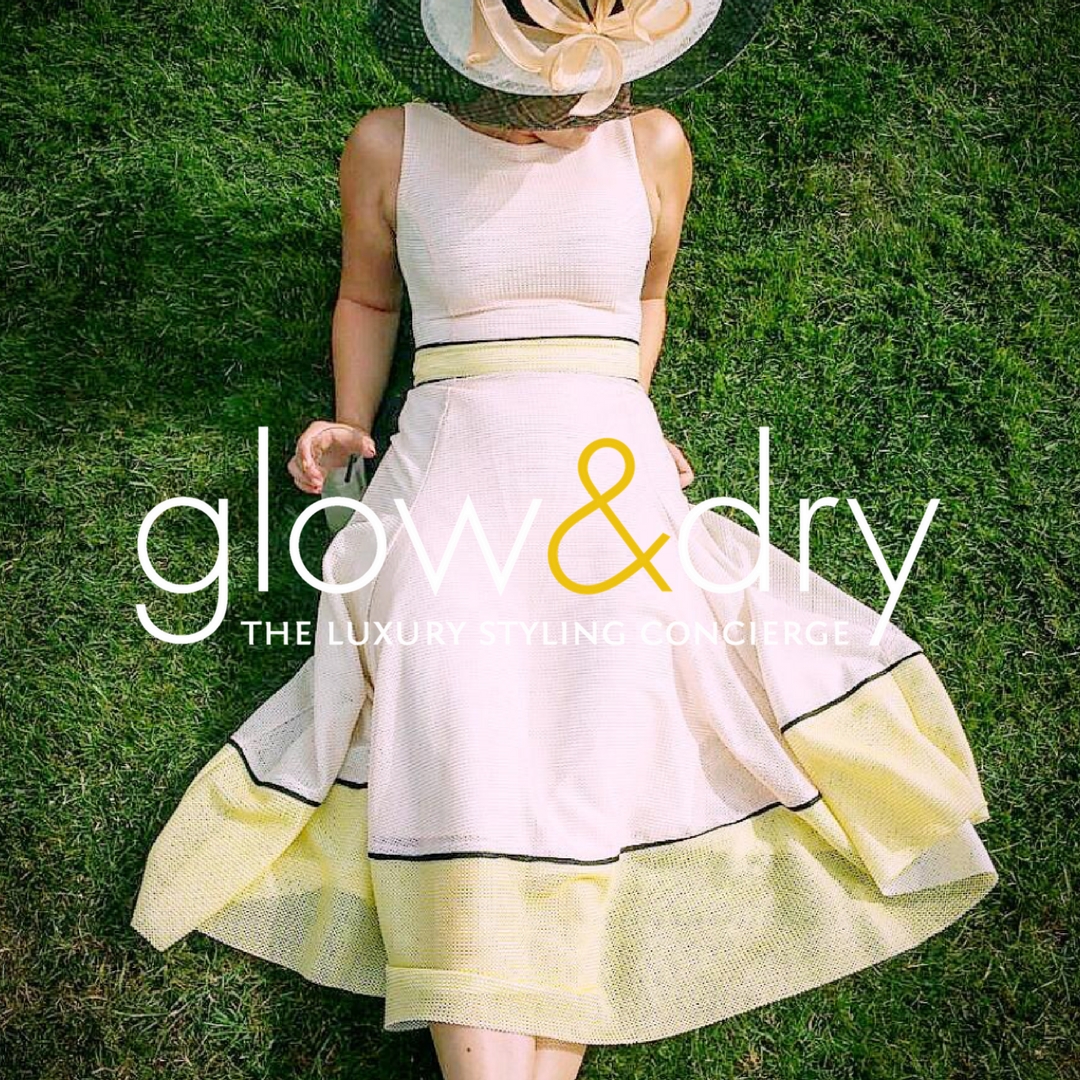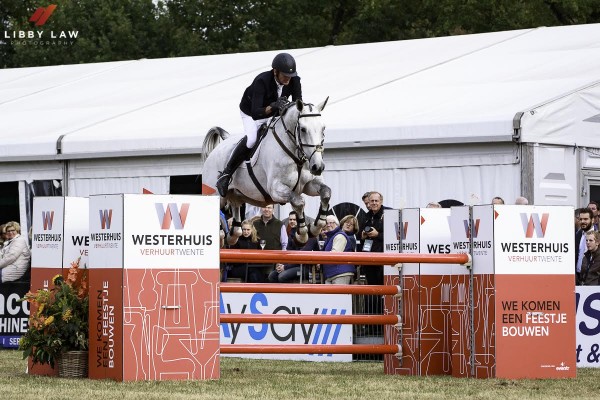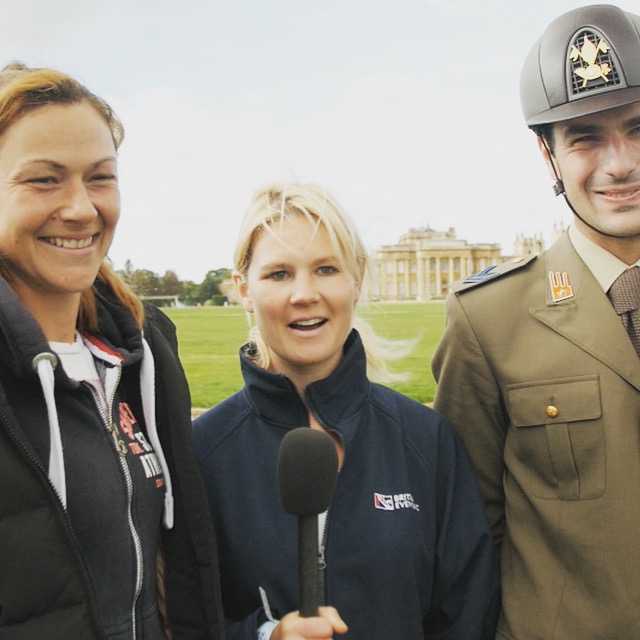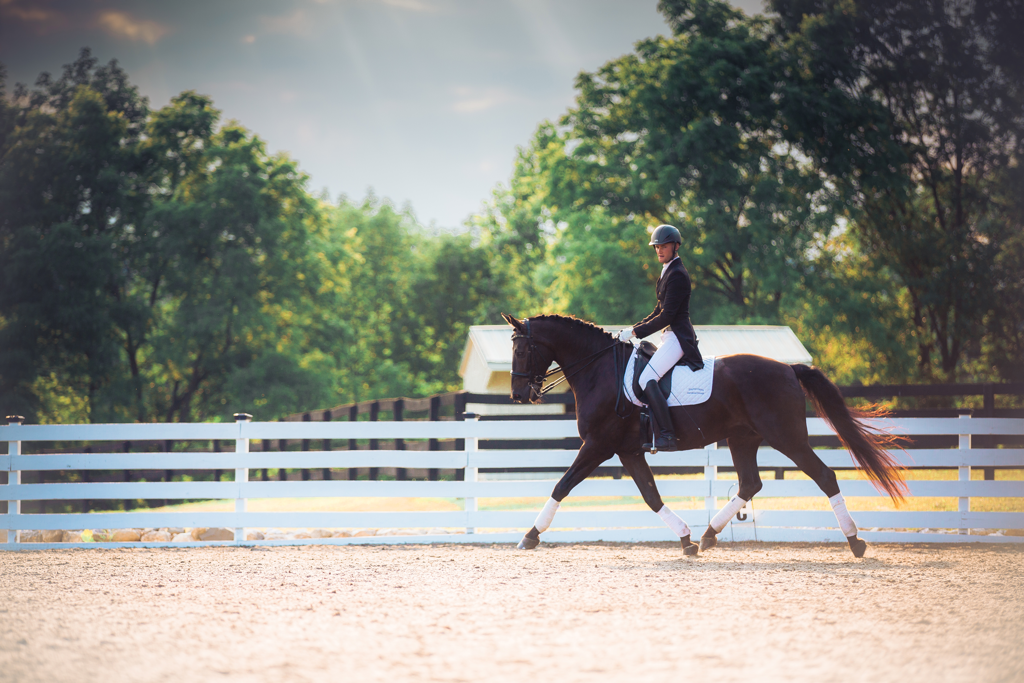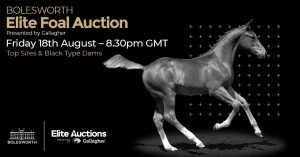




Galloping in Style towards the Cheltenham Festival

“For me the boys winning at Cheltenham was as big a highlight as winning in Rio” Nick Skelton announced after “Superb Story” gave his sons Dan and Harry, their first Cheltenham Festival win.
“It’s the Olympics of the horseracing world” claims leading trainer Dan Skelton
The Cheltenham Festival is so world-famous, it has become known as simply “The Festival”. This year it runs from Tuesday 13th to Friday 18th March and it should be etched in your social calendar. Tickets start at £40 but because we regard our members so highly, Horse Scout will be giving away two pairs of tickets this year. Stay tuned to our Facebook page and our Twitter for more information.
This four-day spectacular attracts the finest horses, jockeys and trainers in the world of Jump racing and remains one of Europe’s most prestigious sporting events. In fact it is fourth best attended event in the country and the £4.5 million of prize money makes it one of the biggest prize funds in UK sport.
The racing scene is always a cultural melting pot but The Festival epitomises that more than most, attracting the real racing enthusiasts from all walks of life. When you put 260,000 people together with common ground- a passion for horses, the countryside and great sporting action, it can only result in one thing- a fabulous sense of occasion.
The festival commences with Champions Day on Tuesday 13th. It includes a packed seven-race card including the most important 2 mile hurdle race of the entire jumping season, the Unibet Champion Hurdle.
Wednesday 14th March is Ladies Day and this year the competition is for ladies only and is all about bringing colour and style to The Festival. There is the chance to win a brand new MINI ONE CAR from W.O. Lewis and Sytner Solihull, as well as other splendid prizes. Whether you want to flash your finest fur, parade your best hat or give a nod to your favourite horse’s colours, get ready to #ColourMeMarch.
St Patrick’s Day on Thursday 15th March draws the luck of the Irish to Cheltenham. The whole of The Festival has a strong Irish flavour to it but on Thursday, it is loud and proud and you can enjoy Irish music around the course throughout the day. As well as the ambience, the racing is top class with the JLT Novices’ Chase, the Sun Bets Stayers’ Hurdle and the Ryanair Steeple Chase to enjoy.

The climax of the entire jump racing season is Friday’sTimico Cheltenham Gold Cup. This really is the golden crown of jump racing and never fails to be the greatest spectacle. The Timico Gold Cup is a race associated with the elite of the sport and nothing can rival the Cheltenham roar as the horses charge up the famous hill.
The Festival really does offer something for all (erm adult) interests. As a Cheltenham die-hard for a decade or so, I aim to indulge in the whole social landscape. Perhaps what I love best, is weighing up horse flesh in the paddock. Usually I swap notes with one of the many Irish folk, who seem to know more about the nags than their own flesh and blood. We will talk breeding, handicaps and ground conditions, then I’ll head down to the course to throw some bad money after good at the bookmakers. Although rarely the Tote, as a like supporting the little guys who are stationed near the track. There is something quite antiquated and ironically pure about swapping cash for a betting slip with a man in a tweed cap and a cockney accent.
I’ll often try to latch on to someone, to get an invite into to Owners and Trainers for spot of people watching and a great afternoon tea. If I am lucky enough, I’ll be invited to a box for more champagne and the best the views of the course and the race.
You can expect food and drink for every taste. There is a generous scattering of champagne bars and about every ten paces- another Guinness watering hole. So be aware of wobbly drinkers if you’re wearing your best cashmere. That sticky brew could ruin your day as well as your wardrobe.

The selection of cuisine options, is nothing short of a sensory odyssey. New for this year is The Theatre @Festival, a Pan Asian Theatre restaurant experience situated on the third floor of the course facing suites, giving guests unrivalled views over the final fences of the racecourse and offering a unique culinary and visual feast. Designed to offer a premium but casual environment, relaxation and attention to detail are the order of the day along with simply exquisite dining influenced from the continents of Asia to the foothills of Cleeve Hill.
Michelin star chef, Albert Roux is back in his popular Chez Roux Restaurant. And there are eleven other top quality restaurants on offer, over The Festival with a range of different packages available to suit all requirements and most budgets.
No sporting event would be the same without the inevitable burgers, pies and chips. Do not knock it when you know it really is the only way to help stave off tomorrow’s hangover.
For many seasoned racegoers, a picnic in the car park is a big part of the day. Cars start to arrive as soon as the gates open at 10.30 and the pop of champagne corks can be heard within minutes. The downside is that you might pull the short straw to become designated driver and the traffic coming into Cheltenham is historically horrendous.
The Cheltenham experience would not be complete without losing your senses- and your savings, in the Shopping Village. There are 70 stands with a unique boutique feel, mainly involving fashion, art and gifts. This is the place to discover exceptional pieces you won’t find on the high street.

To book tickets visit www.cheltenham.co.uk or call 0344 579 3003.
By Ellie Kelly


